Abstract 10/2023
Table of content
Wojciech Szymalski – Induced mobility – the case study of Łazienkowski Bridge and Freeway in Warsaw
Antoni Krawiec – Passenger information displays in public transport vehicles in Polish cities
Lechosław Grochowski – Organisation and signposting of separated bus lanes in Polish cities
Abstracts
Wojciech Szymalski
Induced mobility – the case study of Łazienkowski Bridge and Freeway in Warsaw
Abstract: The article presents a case study description of induced passenger mobility in a multimodal system. The pretext for analysis of the phenomenon of induced mobility is the introduction of a bus lane on the Bridge and Łazienkowska Route in Warsaw in 2009. Using archival measurement data for passenger flows in public transport and road traffic, the author reconstructs the changes in passenger flows before and after the analyzed change. The proposed method of analysis tests the occurrence of the four main effects of improving the traffic connection described in the literature on induced mobility. Confirming the presence of a particular effect then allows one to undertake its measurement. The elimination or measurement of all the effects make it possible to definitively determine whether the phenomenon of induced passenger traffic occurred in the analyzed case and what its scale was. In the case of the creation of a bus lane on the Bridge and Lazienkowska Route in 2009, passenger induced traffic in public bus transportation was found to be of the order of 1,789 people in the morning rush hour. This traffic appeared alongside the takeover of some passenger car passengers by public transport, alongside the phenomenon of rerouting by system users, and alongside the phenomenon of transferring some trips from off-peak hours to peak hours.
Key words: induced mobility, case study, public transport
Antoni Krawiec
Passenger information displays in public transport vehicles in Polish cities
Abstract: The article presents passenger information in public transport. It mainly focuses on the content presented on the interior and exterior vehicle displays. The aim of the article is to compare the methods of presenting passenger information in different Polish cities. For this purpose, photographic documentation of displays used in public transport vehicles in Kraków, Warsaw and Poznań was collected and described. Subsequently the level of passenger information in selected cities was compared. The number of displays in vehicles was taken into consideration, as well as the quantity of information presented on them. MPK Kraków was the worst performer in the comparison. It was pointed out that only in Kraków the content on passenger information displays in vehicles is not regulated by the transportation authorities. In terms of the number of displays in vehicles, Warsaw fared best. The analysis indicated the need to systematize and unify information presented in vehicle displays, in order to increase the level of passenger information.
Key words: passenger information display, passenger information, passenger transport, public transport
Lechosław Grochowski
Organisation and signposting of separated bus lanes in Polish cities
Abstract: This article addresses the issue of the organisation and marking of segregated bus lanes in Polish cities, with particular reference to the admittance of other traffic users to these lanes. It forms part of a master’s thesis [1], one of the aims of which is to show the application of assigning different types of vehicles to different lanes. This method of traffic organisation is referred to by the author as ‘vehicle queue management’. The part related to the analysis of the effectiveness of the solution in a specific location is planned as a separate article. Instead, this publication aims to examine existing bus lanes with admissions, as this is how queue management is implemented in practice, and then to present its own proposal for signage. In doing so, topics relating to other road signs will be addressed.
Key words: traffic engineering, dedicated bus lanes, signposting, traffic queue management

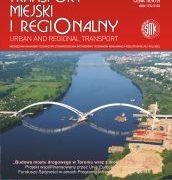 SITK RP
SITK RP 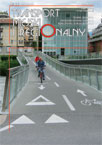 SITK RP
SITK RP 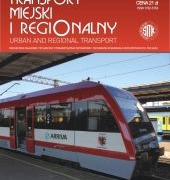 SITK RP
SITK RP 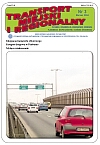 SITK RP
SITK RP 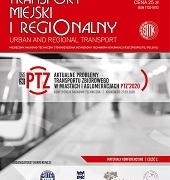
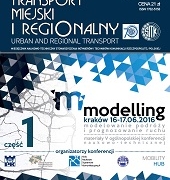 SITK RP
SITK RP 
 SITK
SITK SITK
SITK